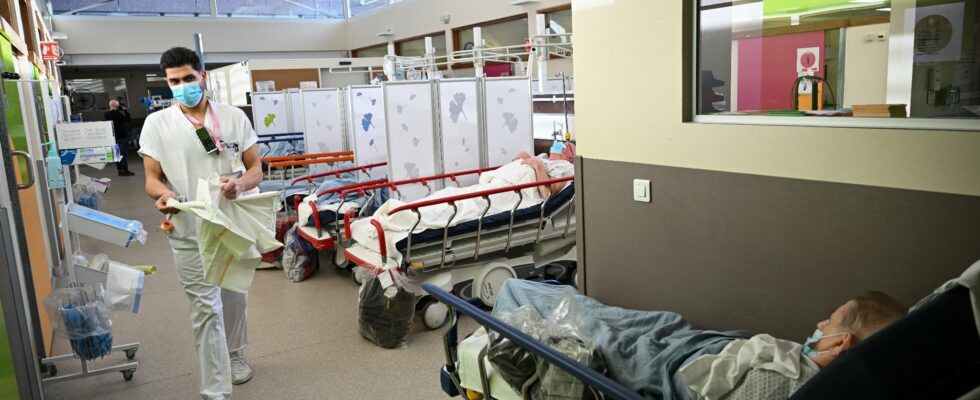It is a pathology that was thought to be eradicated in the most developed countries. This famous “sailors’ disease”, which had ravaged so many crews during the maritime expeditions of the Renaissance, cases of which had almost disappeared in France and Europe. But scurvy does indeed seem to be experiencing a certain resurgence in France, particularly among children, as shown by a study carried out by pediatricians at the Robert-Debré hospital in Paris, published at the beginning of December in the prestigious British journal The Lancet.
The latter, in collaboration with Inserm and the universities of Paris Cité and Guyana, studied the increase in cases of scurvy among children in France between January 2015 and November 2023. For this, they based themselves on the “Program for the medicalization of information systems” (PMSI), which lists all hospitalizations in France each year. And the results, although far from reaching very high figures, remain worrying: 888 patients suffering from scurvy were detected over this period, with an average age of 11 years.
The causes of scurvy are known: an extreme and prolonged deficiency of vitamin C. This substance, which the body does not produce naturally and which is essential for the proper functioning of our body and our immune system, must therefore be found by the being human in your diet. It is found in large quantities, particularly in citrus fruits, other fruits such as strawberries or kiwi, or even in broccoli, cabbage or even potatoes. To be at risk of contracting scurvy, researchers point out that the quantity of vitamin C consumed must be particularly low, of the order of less than 10 mg per day for one to three months – an orange alone contains nearly 50 mg -. The consequences of this disease can be intense bone pain, hemorrhages, or even an inability of the body to heal wounds. Until, in the most serious cases, teeth fall out and the inability to walk.
A drastic increase since Covid
Between 2015 and 2020, scurvy experienced a slow but steady increase, around 0.05% per month over this period. But it is the Covid-19 pandemic which has caused a clear increase, with an increase estimated at 34.5% over the period from 2020 to 2023, even climbing up to 200% among children aged 5 to 10. . Concretely, 536 cases of scurvy were recorded over this period, data “probably underestimated since we only count hospitalizations”, explains Ulrich Meinzer, head of department at the Robert-Debré hospital, to the daily newspaper Release.
The causes, although plural and often depending on extreme cases of malnutrition, still seem associated with one factor: the explosion of food insecurity among many households in France since the pandemic. Inflation, in particular, has pushed many families to cut their food budget, notably reducing the purchase of fruits and vegetables which are essential for good health. “There is growing concern that the socio-economic challenges posed by the pandemic have increased the cost of food, limiting access to fresh and varied foods and potentially leading to increased rates of scurvy and malnutrition” , explain the researchers in The Lancet.
“The increase in cases of severe malnutrition, estimated at 20.3%, reinforces the link between scurvy and a deterioration in the nutritional status of children,” adds theInsermalso involved in this study. “The increase in cases of scurvy and severe malnutrition was associated with worsening socio-economic insecurity and inflation. This association does not necessarily constitute a causal relationship, although plausible,” continues the research organization. public health.
The need for better prevention
Beyond the economic difficulties of many households, the study highlights the necessary dietary education of families and children, in order to prevent these extreme cases. But it also emphasizes the “critical need to intensify food and social assistance programs, because current measures are not sufficient to curb the increase in rates of malnutrition and food insecurity”, explain the researchers in their study.
Another element that could slow down this progression: better prevention of nutritional deficiencies within the medical system. Because while scurvy has so far been little considered by caregivers and pediatricians in their consultations, statistical reality proves that this disease does indeed exist in France. However, intensive treatment with vitamin C is generally enough to largely alleviate symptoms in just a few days. More systematic detection of these cases could therefore prevent scurvy from once again becoming a real public health problem.
